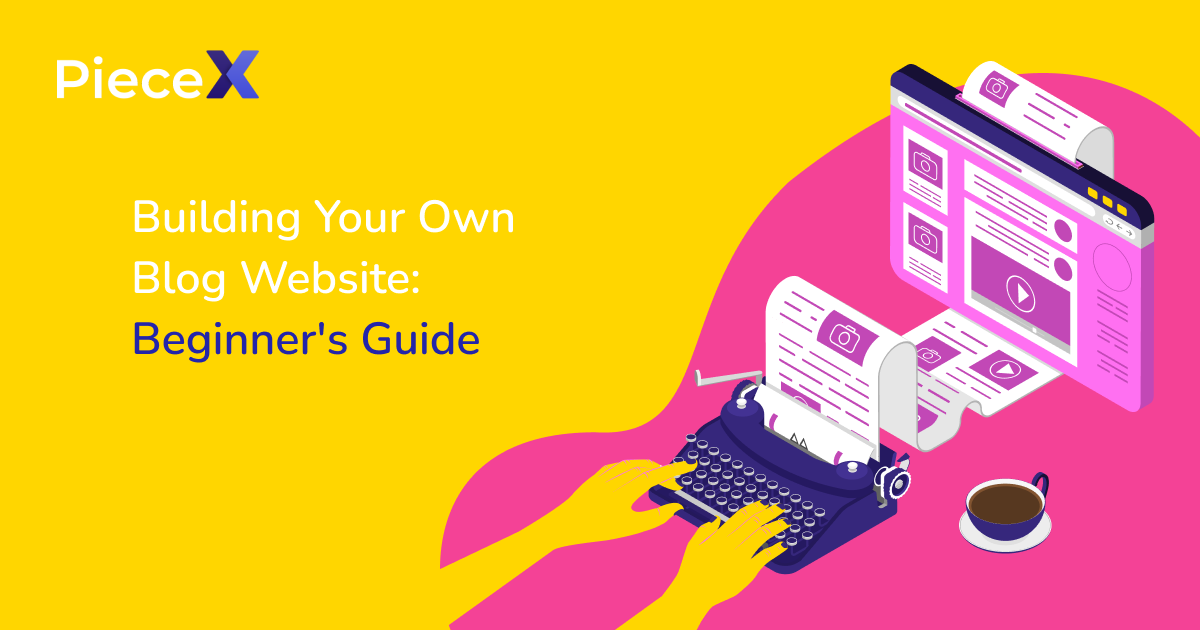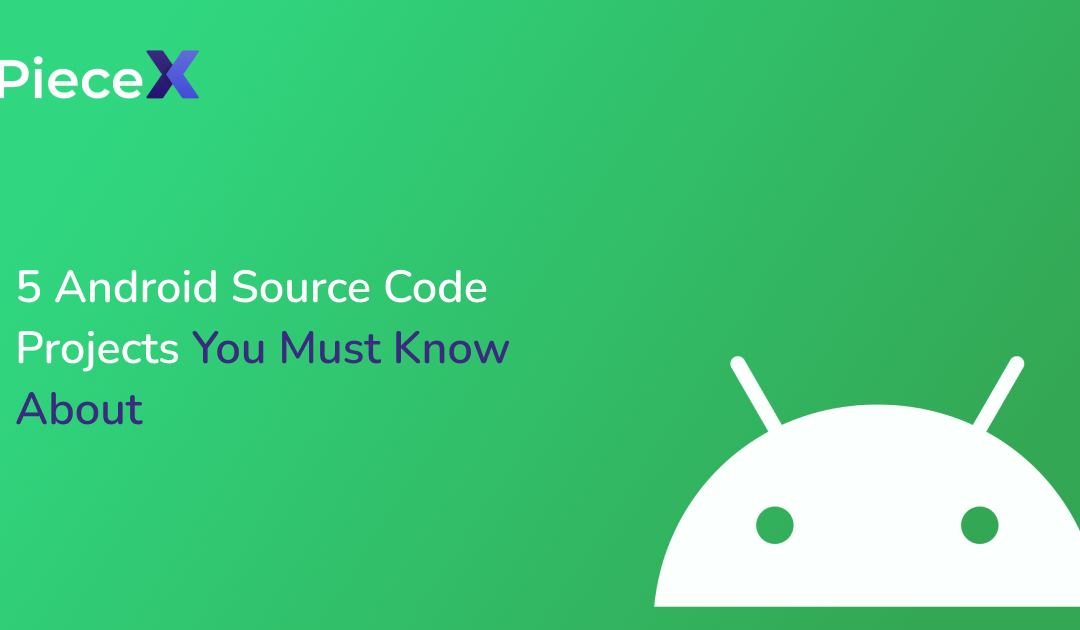
Building Your Own Blog Website: Beginner’s Guide

In today’s digital age, having a blog website has become increasingly important. Whether you’re a passionate writer, an aspiring influencer, or a business owner looking to expand your online presence, building your own blog website can offer numerous benefits.
Not only does it provide a platform to showcase your expertise, creativity, and thoughts, but it also allows you to connect with a wider audience and establish your online brand.
In this beginner’s guide, we’ll explore the step-by-step process of building your own blog website and equip you with the necessary knowledge to get started.
Choosing the Right Platform
The first step in building your blog website is selecting the right platform. There are several popular blogging platforms available, each with its own set of features and functionalities. It’s important to consider factors such as ease of use, customization options, scalability, and community support when making your decision. Additionally, you can explore alternative options like source code marketplaces such as PieceX, where you can find ready-made blogging website templates that give you full control over your website’s design and functionality.
Selecting a Domain Name and Hosting Provider
Once you have chosen a platform, it’s time to select a domain name and a hosting provider. Your domain name is your website’s address, so it should be memorable, relevant, and representative of your brand or niche. Consider using keywords related to your blog’s topic to enhance search engine visibility. When choosing a hosting provider, compare their features, uptime reliability, customer support, and pricing plans. Opt for a hosting service that aligns with your website’s needs and growth plans.
Setting up Your Blog Website
Setting up your blog website involves a series of essential steps. Follow these guidelines to get started:
- Choose a theme or template: Select a visually appealing and responsive theme that suits your blog’s purpose and aligns with your branding.
- Customize your website: Personalize your website by adding your logo, customizing colors, fonts, and layout. Make it unique and visually appealing.
- Create essential pages: Add essential pages like About, Contact, and Privacy Policy to provide important information to your visitors and build credibility.
- Install plugins and widgets: Enhance your website’s functionality by installing relevant plugins and widgets. Consider plugins for SEO optimization, social media integration, and contact forms.
Creating Compelling Content
Content is the heart and soul of a successful blog website. To create compelling content that engages your audience, follow these tips:
- Understand your target audience: Identify your target audience’s needs, preferences, and pain points. Tailor your content to provide value and solve their problems.
- Generate topic ideas: Brainstorm ideas based on your niche, trending topics, and your unique insights. Use tools like keyword research to discover popular search queries.
- Plan your content: Create an editorial calendar to organize your content strategy. Plan ahead, diversify topics, and ensure consistency in publishing.
- Write engaging posts: Craft well-structured, concise, and engaging blog posts. Use compelling headlines, subheadings, and storytelling techniques to captivate your readers.
- Incorporate visuals and multimedia: Enhance your content with high-quality images, infographics, videos, and audio elements. Visuals make your blog more engaging and shareable.
Optimizing Your Blog for Search Engines
Search engine optimization (SEO) plays a vital role in driving organic traffic to your blog website. Here are some key steps to optimize your blog for search engines:
- Perform keyword research: Identify relevant keywords and phrases related to your blog’s topics. Use tools like Google Keyword Planner to discover popular search terms.
- Create high-quality and valuable content: Search engines prioritize content that provides value to users. Focus on creating informative, well-researched, and unique content that addresses your audience’s needs.
- Build quality backlinks: Seek opportunities to obtain backlinks from reputable websites in your niche. Guest posting, participating in industry forums, and reaching out to influencers can help build valuable backlinks.
- Optimize on-page elements: Place your target keywords strategically in your blog post titles, headings, meta tags, and throughout the content. Optimize your URLs, alt tags for images, and internal linking structure.
Promoting and Marketing Your Blog
Promoting and marketing your blog is crucial to reach a wider audience and increase visibility. Consider the following strategies:
- Utilize social media platforms: Create profiles on relevant social media platforms and share your blog posts regularly. Engage with your audience, join relevant communities, and leverage social media advertising options.
- Build an email subscriber list: Offer valuable content upgrades or freebies in exchange for email subscriptions. Build a loyal readership by sending regular newsletters and updates.
- Guest posting and collaborating with other bloggers: Write guest posts for popular blogs in your niche. Collaborate with other bloggers through interviews, round-up posts, or joint projects to expand your reach.
- Engage with your audience and network: Respond to comments, questions, and feedback on your blog and social media. Engage with other bloggers, influencers, and industry experts to build relationships and network.
Monitoring and Analyzing Performance
Monitoring and analyzing your website’s performance is crucial for continuous improvement. Consider these steps:
- Importance of tracking website metrics: Use tools like Google Analytics to monitor traffic, user behavior, conversions, and other key metrics. Understand what’s working and what needs improvement.
- Set up Google Analytics: Install Google Analytics on your website and configure goals and event tracking to measure specific actions and conversions.
- Analyze traffic and user behavior: Identify your most popular content, referral sources, and user engagement patterns. Use this data to tailor your content strategy and improve user experience.
- Make data-driven decisions: Use the insights gathered from analytics to make informed decisions. Optimize underperforming pages, experiment with different strategies, and refine your marketing efforts.
Monetizing Your Blog
Once your blog starts gaining traction, you can explore different monetization methods. Consider the following:
- Different methods of monetization: Explore options like display advertising, affiliate marketing, sponsored posts, selling digital products or services, and offering premium content.
- Create a monetization strategy: Evaluate your blog’s niche, target audience, and goals to determine the best monetization methods. Create a strategy that aligns with your brand and audience preferences.
- Implement monetization techniques effectively: Place ads strategically, disclose sponsored content transparently, and optimize your website for conversions. Test different approaches and analyze results.
- Evaluate and adjust: Continuously evaluate your monetization efforts and adjust your strategies based on performance. Stay updated with industry trends and adapt to changing market demands.
Conclusion
Building your own blog website can be a rewarding and fulfilling journey. By following this beginner’s guide, you now have a roadmap to create a successful blog website. Remember the importance of choosing the right platform, selecting a suitable domain name and hosting provider, creating compelling content, optimizing for search engines, promoting your blog, monitoring performance, and exploring monetization options. Start taking action, stay consistent, and enjoy the process of building your own blog website. Good luck!
For more articles such as this, make sure to visit our Knowledgebase Blog.


